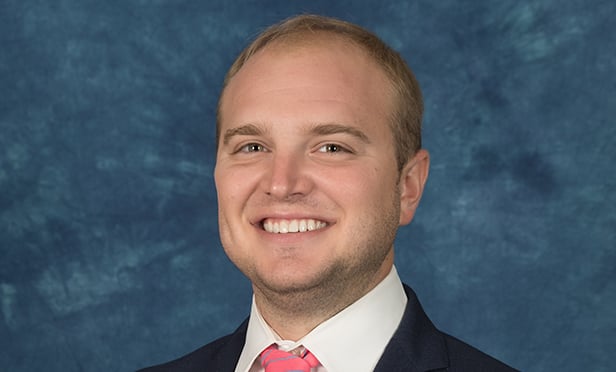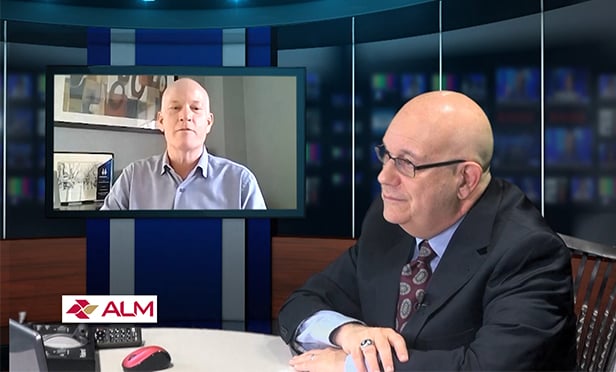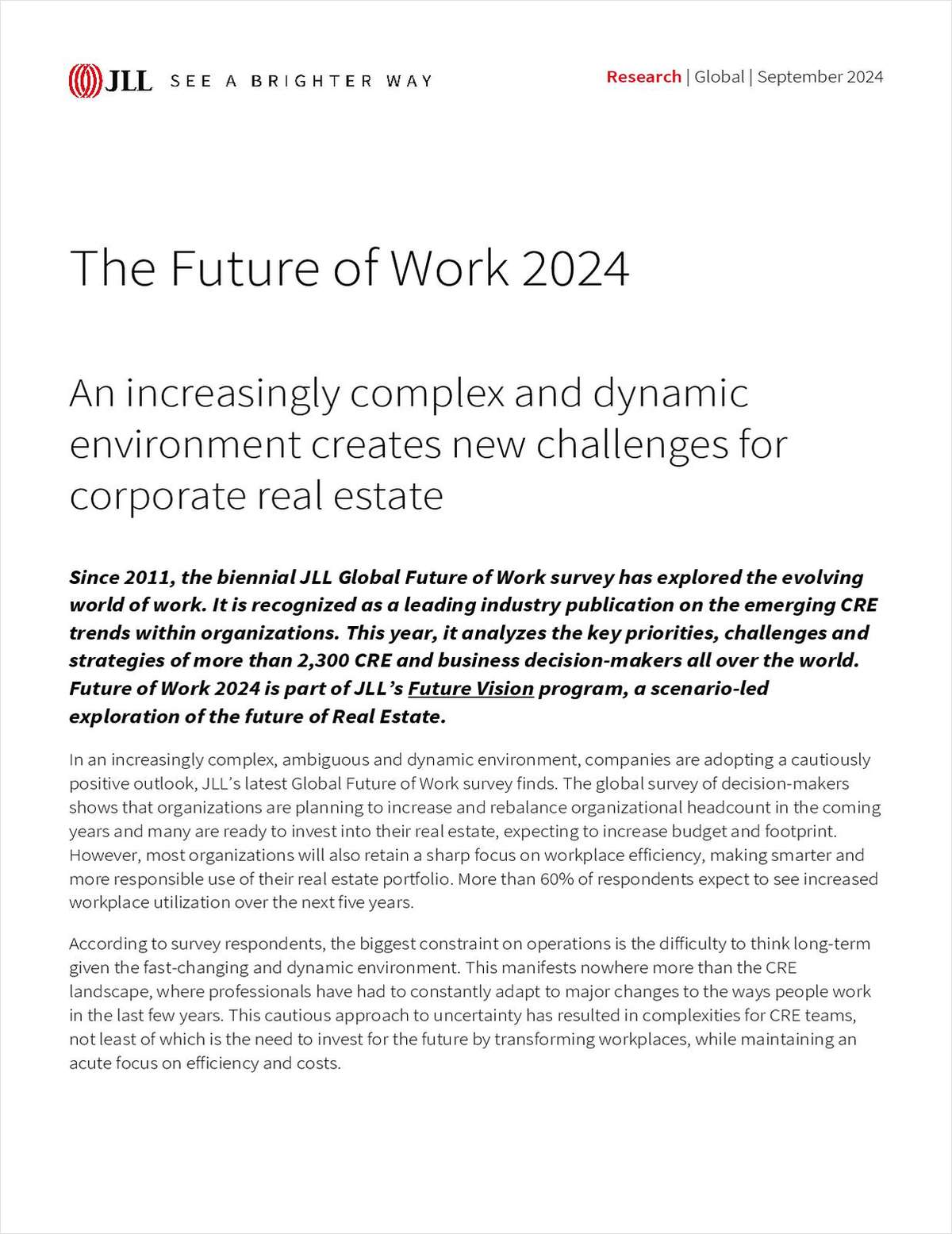A recent study co-sponsored by a group of commercial real estate organizations—BOMA International, the National Association of Real Estate Investment Trusts, the Real Estate Roundtable and the Urban Land Institute—finds that more than two-thirds of REITs, real estate operating companies, developers and pension funds are investing or are planning to invest in green construction projects.
According to the study, "Responsible Property Investing: A Survey of American Executives," conducted by University of Arizona Professor Gary Pivo, 41.3% of respondents say their portfolios already include green development. Another 26.8% say they planned to invest in such projects in the future.
At least some of this investment will find its way into the new crop of equity funds focused on green building. These include the Houston-based Hines CalPERS Green Development Fund; the $100-million Rose Smart Growth Investment Equity Fund, created by New York City planner and developer Jonathan Rose; and the Boulder, CO-based Revival Fund Management's urban green real estate fund.
"In many ways, green building and inner city development are two sides of the same coin," says Dennis Fleming, a partner at Revival, which also invests in urban revitalization projects. "Both categories of investments were recently seen as more socially beneficial development than financially feasible projects. Now investors are recognizing that both can deliver a good return."
However, because these funds are so new, a few industry watchers are suggesting investors exercise caution before jumping in. For instance, P.S. Reilly, CEO of the Athena Institute, an advisory firm in Kirkland, WA, notes the definition of green building can vary from fund to fund, with many ignoring the US Green Building Council's LEED?standards. "We are seeing more funds, developers and investors think about green building that not only address the environmental issues but also increases the functionality of the building," she says.
Some builders are not pursuing LEED because they don't believe it is the best design or because they don't perceive a benefit in certification, she continues. "Investing in funds that are defined entirely by LEED could result in missed opportunities. Funds that look at buildings that are more functionally and environmentally sound—that is where the merit lies," she says.
Steve Howard, partner and chair of Thacher Proffitt & Wood LLP's investment funds practice in New York City, also cautions would-be investors to consider several factors. The fund needs to be specific in its investment strategy, he says, "because at some point there is a tradeoff between the type of investment and level of profitability. The fund needs to be clear about that in the offering document. Also, I think the fund needs to be clear about where it is investing. Different countries have different standards and environmental laws. What may qualify as an environmentally sound transaction in one country may not be that green by another country's standards."
A third consideration is the background of the management team, Howard says. "Since this is a new asset category there aren't that many people who have been doing it for so many years. Defining the track record in this asset category will be an interesting challenge," he explains.
Still, given the popularity of the green building movement—and the narrowing range of investment opportunities in commercial real estate—it is unlikely that green funds will lack for investors or, for that matter, that investors will lack for new green funds. Dan Rashin, the fund manager for the Hines CalPERS Green Development Fund, which was capitalized with more than $120 million of committed equity and leveraged to $500 million, says he has heard that several more green funds are coming to market. "I think this is one of those movements whose time has come," he says.
Want to continue reading?
Become a Free ALM Digital Reader.
Once you are an ALM Digital Member, you’ll receive:
- Breaking commercial real estate news and analysis, on-site and via our newsletters and custom alerts
- Educational webcasts, white papers, and ebooks from industry thought leaders
- Critical coverage of the property casualty insurance and financial advisory markets on our other ALM sites, PropertyCasualty360 and ThinkAdvisor
Already have an account? Sign In Now
*May exclude premium content© 2024 ALM Global, LLC, All Rights Reserved. Request academic re-use from www.copyright.com. All other uses, submit a request to [email protected]. For more information visit Asset & Logo Licensing.








